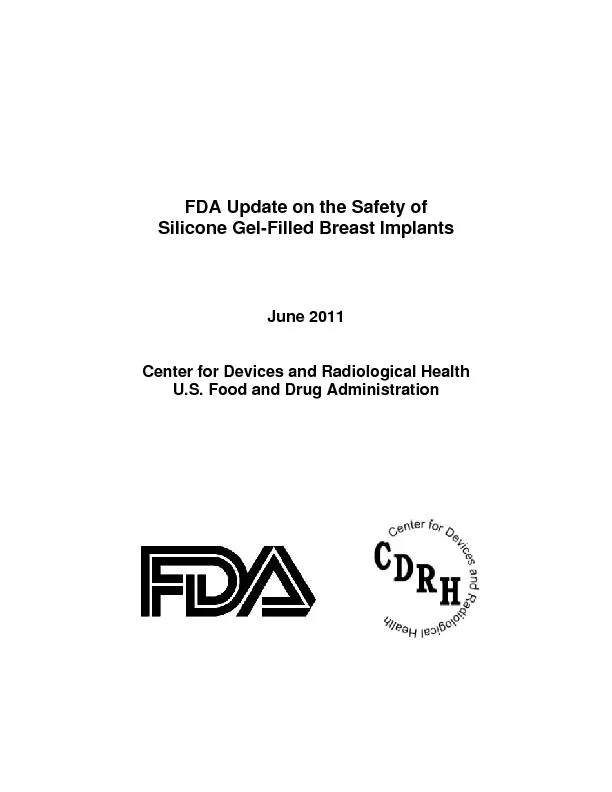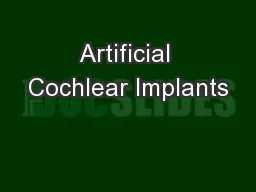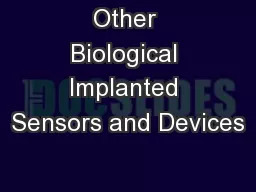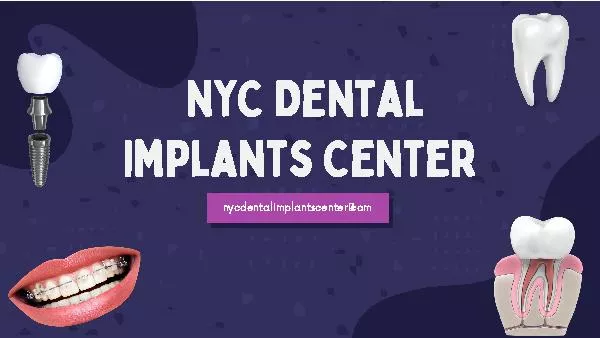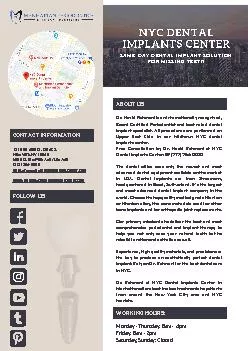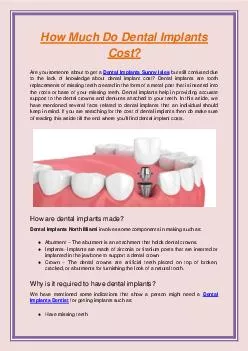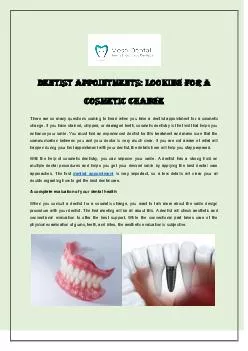PDF-Breast implants are medical devices that are used to augment breast si
Author : phoebe-click | Published Date : 2016-04-26
Figure 1 Photograph of a woman holding a breast implant gelfilled breast implants in November 2006 This report provides an update on the clinical information Preliminary
Presentation Embed Code
Download Presentation
Download Presentation The PPT/PDF document "Breast implants are medical devices that..." is the property of its rightful owner. Permission is granted to download and print the materials on this website for personal, non-commercial use only, and to display it on your personal computer provided you do not modify the materials and that you retain all copyright notices contained in the materials. By downloading content from our website, you accept the terms of this agreement.
Breast implants are medical devices that are used to augment breast si: Transcript
Download Rules Of Document
"Breast implants are medical devices that are used to augment breast si"The content belongs to its owner. You may download and print it for personal use, without modification, and keep all copyright notices. By downloading, you agree to these terms.
Related Documents

